Hunting the Light: Capturing Great Light in Photography
Any visual art involves light, but perhaps no art form is more invested in light than photography.
Capturing light is one of the great challenges to any photographer. Even if the light is not the primary subject of the photograph, it plays an essential role. So how do photographers capture light?
Source
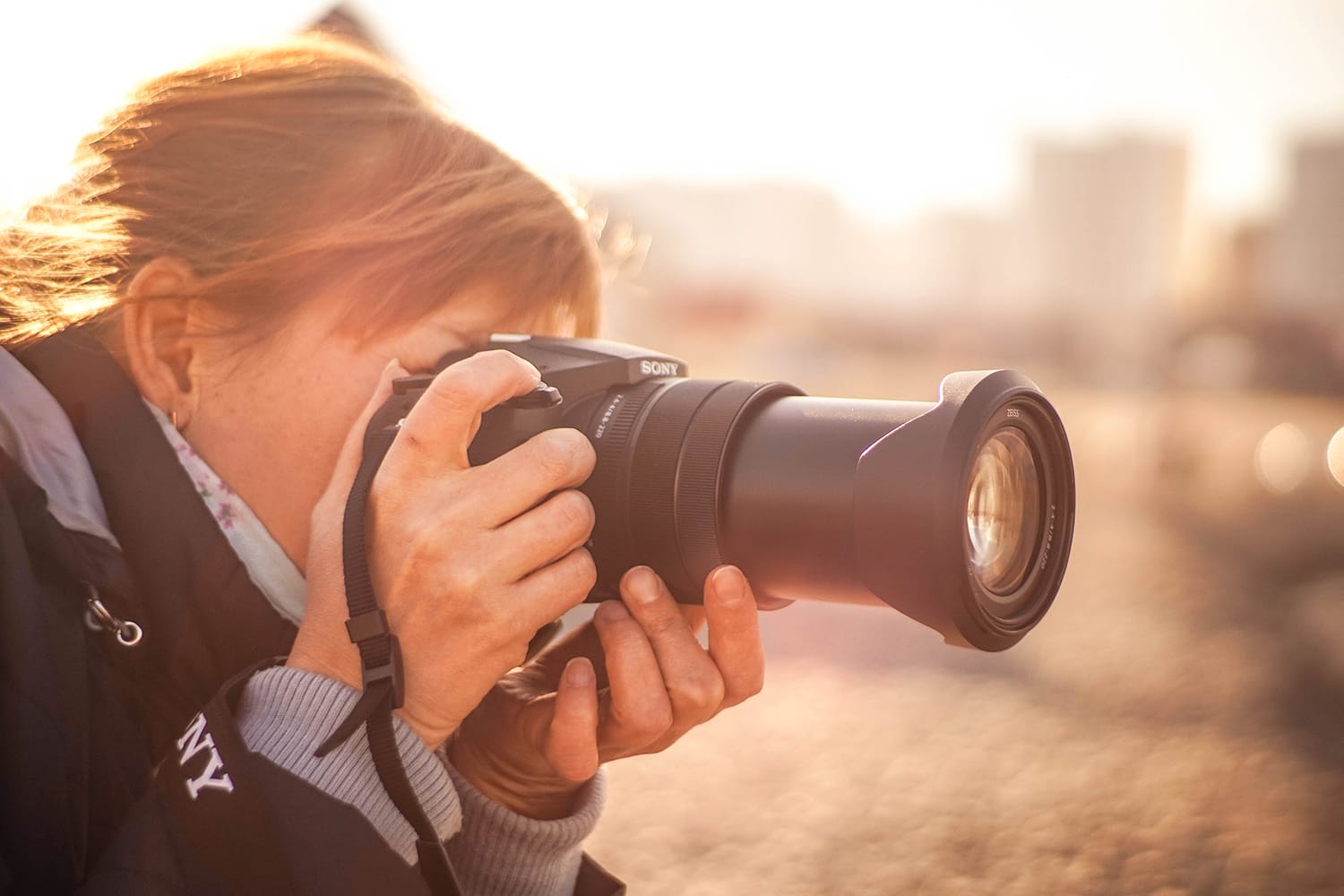
Like any good hunter, the first step is to know your prey. Knowing your light source is a huge part of that.
One way to seize control in your photography is by controlling the light through a flashbulb or a studio setup, but that can quickly get expensive. The best and cheapest solar battery in the world is in the sky, and it’s free to everyone. Natural sunlight is a kind of wild animal; beautiful but hard to tame.
Color
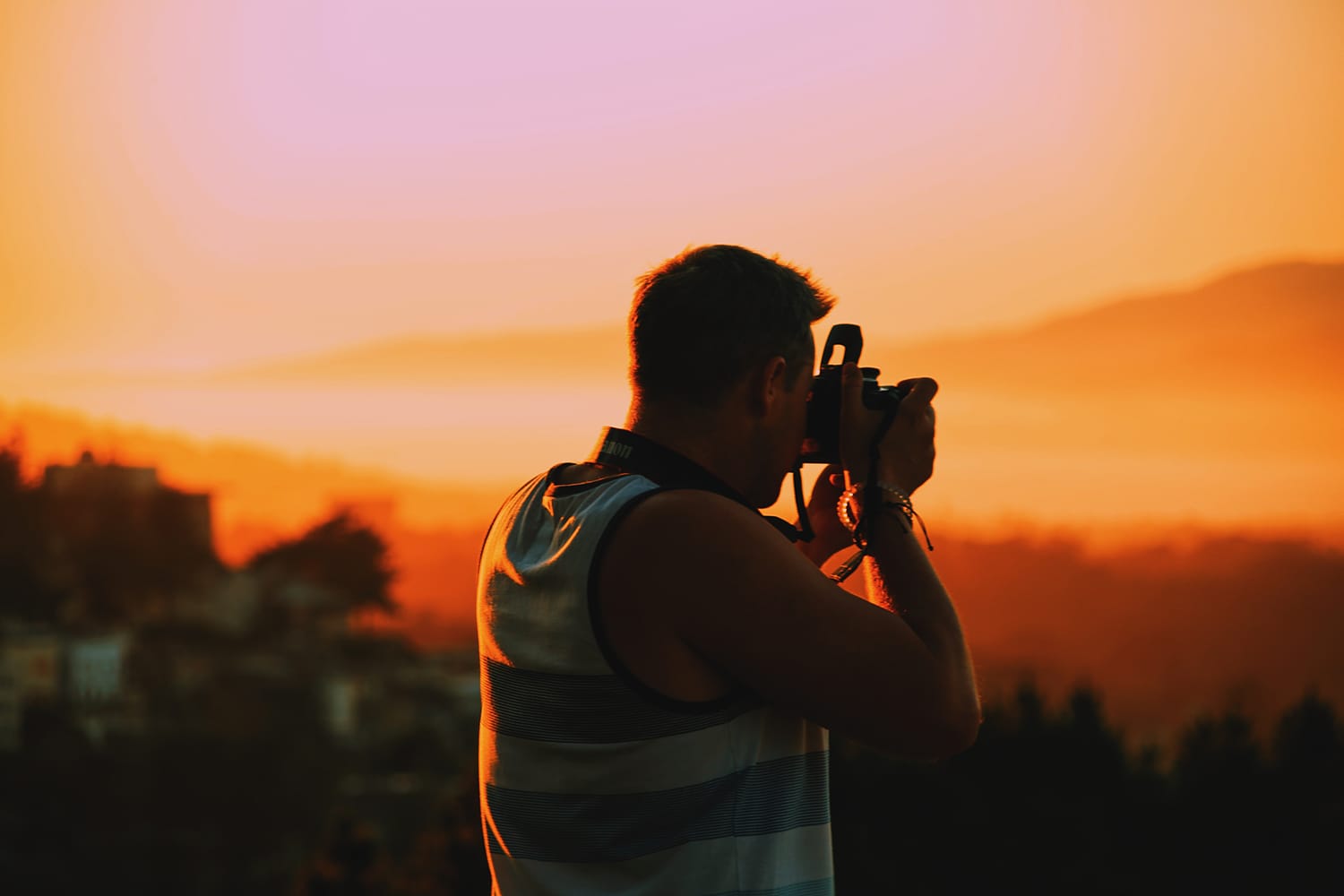
Whether you’re using lights in a studio or trying to capture natural light, you have to think about color simultaneously.
All color is made up of light, though you may not think of it that way. That’s why a white and gold dress can end up looking blue and black if the light hits it just so.
Color is how our brains make sense of the light reflecting back to us off of the objects around us. Without light, there is no color.
Angle
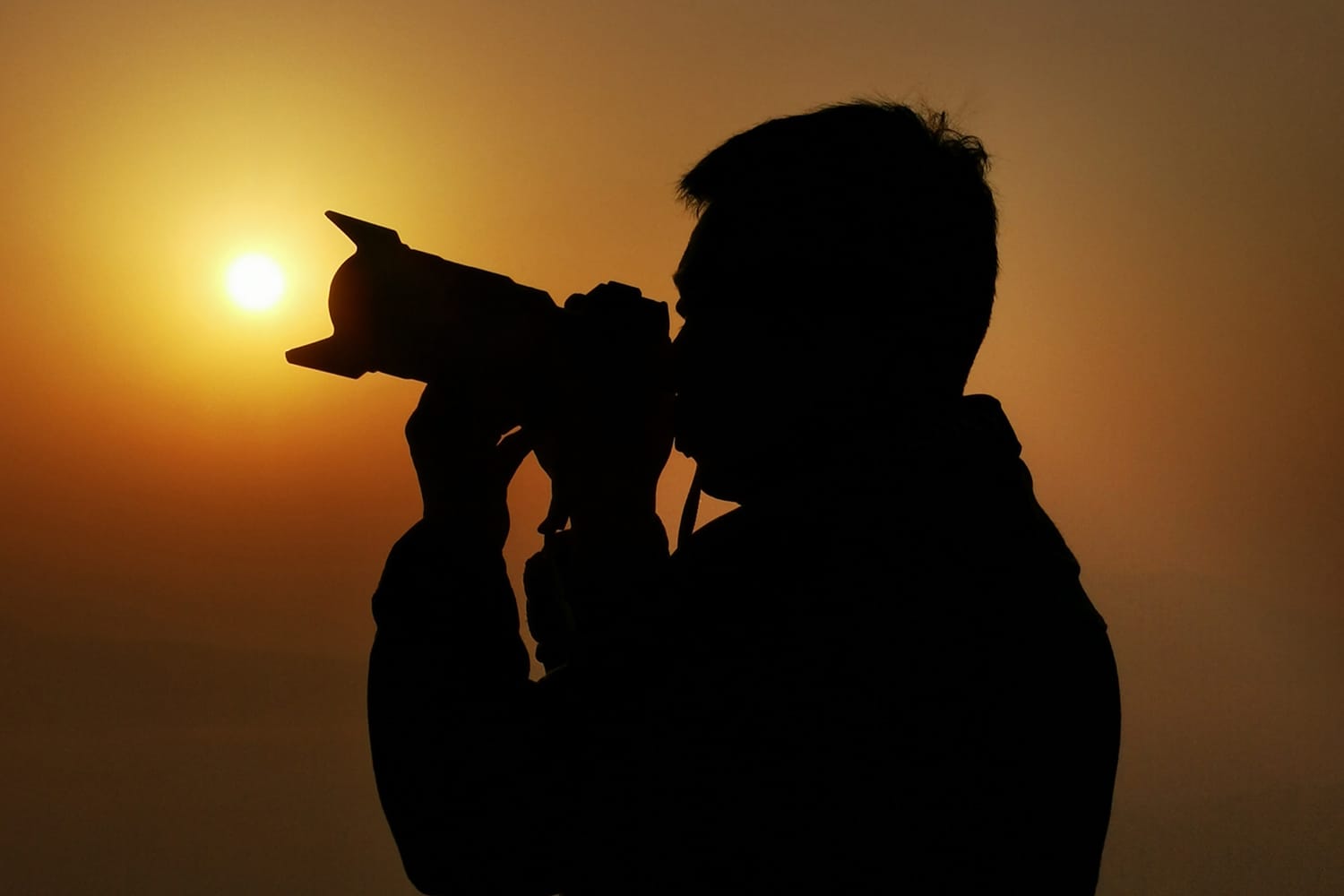
Shadow and light go hand in hand as well. This becomes obvious when the angle of light changes.
If you want to enhance the contours on a face or a landscape, make sure that the light comes in at a low angle, casting long shadows, making the differences more obvious. Sometimes, this can be flattering and dramatic, but it makes certain imperfections more obvious, especially on faces.
Reflection
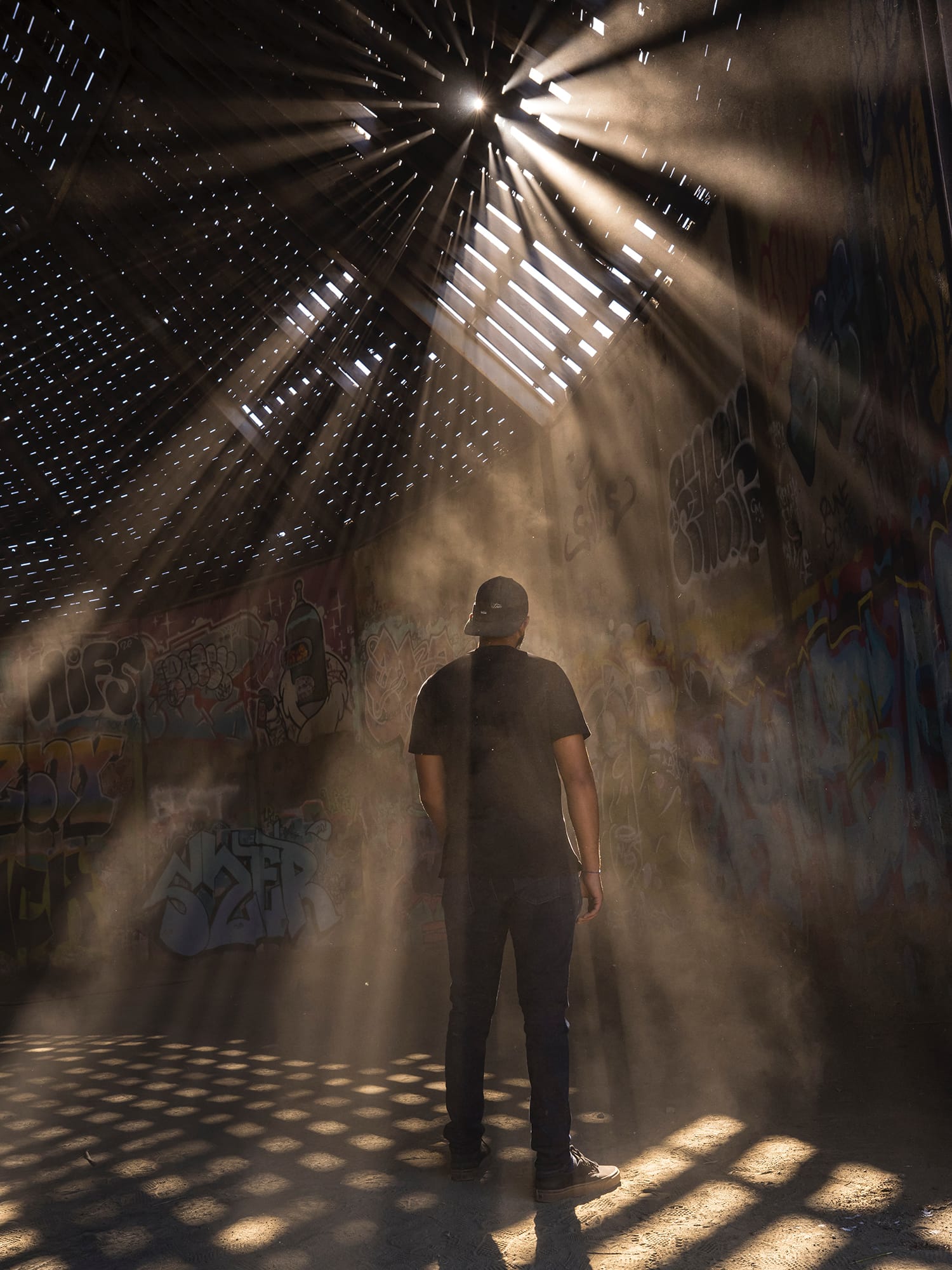
If you’ve ever seen a cat chasing the sunlight that bounces off your cell phone’s screen or your watch, you know that light reflects.
Color is a side effect of light reflecting, but reflections also complicate light sources and angles. Where your light is coming from isn’t just the source; it’s also coming from everything it reflects off.
That’s why a reflector is such a useful tool; it gives you a greater ability to manipulate the angle and color of the light. Points of reflection on your main subject are also highlights. Think about the pearl earring in the famous Vermeer portrait or dust motes in a sunbeam. They catch your attention because they catch the light.
Diffusion
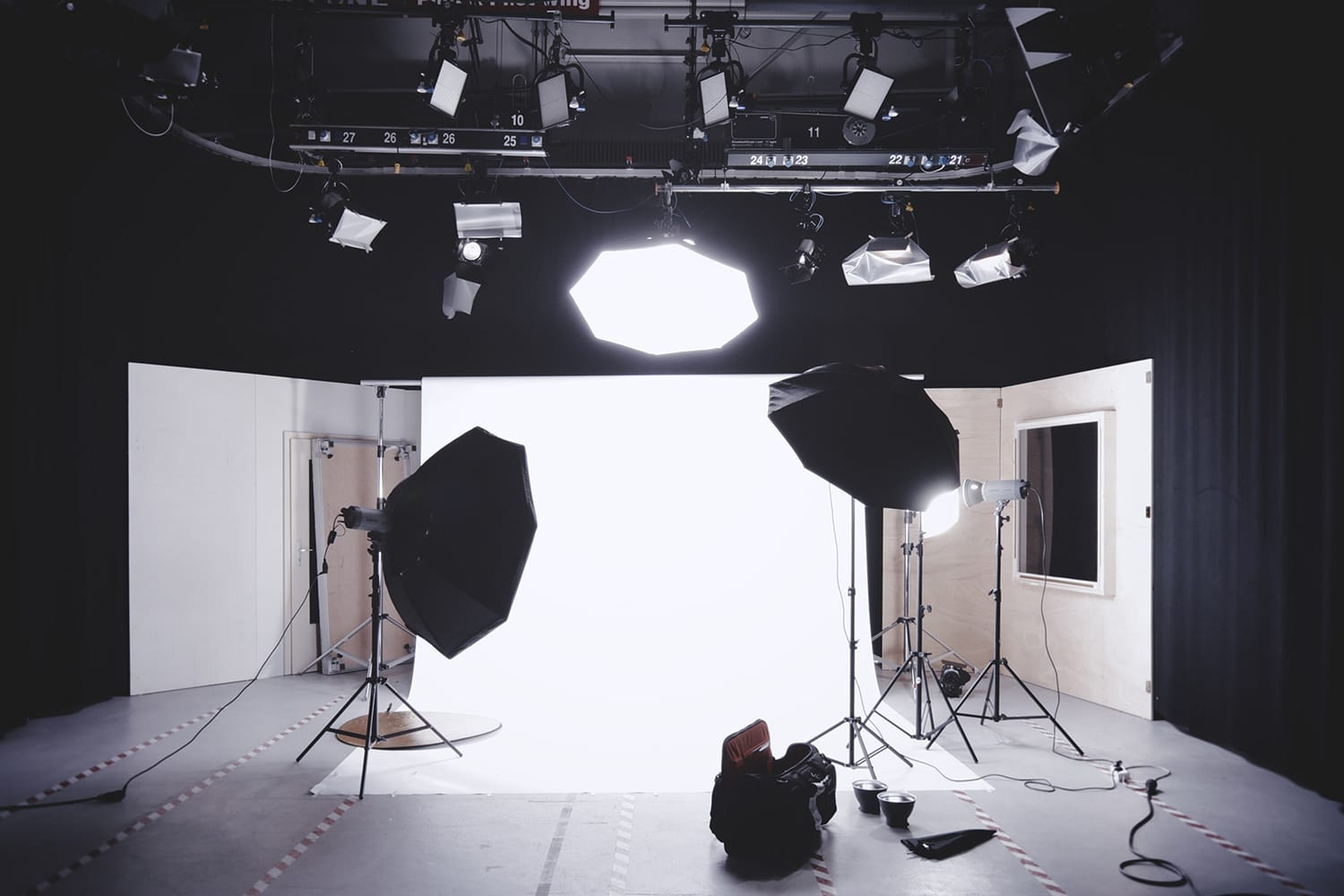
Because light can reflect in unpredictable ways, it sometimes becomes diffused. When light passes through a cloud or any translucent material, some of that light is scattered as it reflects off some particles and passes through others.
When it is scattered, it isn’t all coming from the same direction anymore, which means that it becomes diffused, as the name suggests. Diffusion can make harsh light more pleasing. Think of the soft, blurry look of an old Hollywood glamour shot.
However, if you diffuse too much, the light becomes flat and uninteresting, as on a heavily overcast day.
Absorption
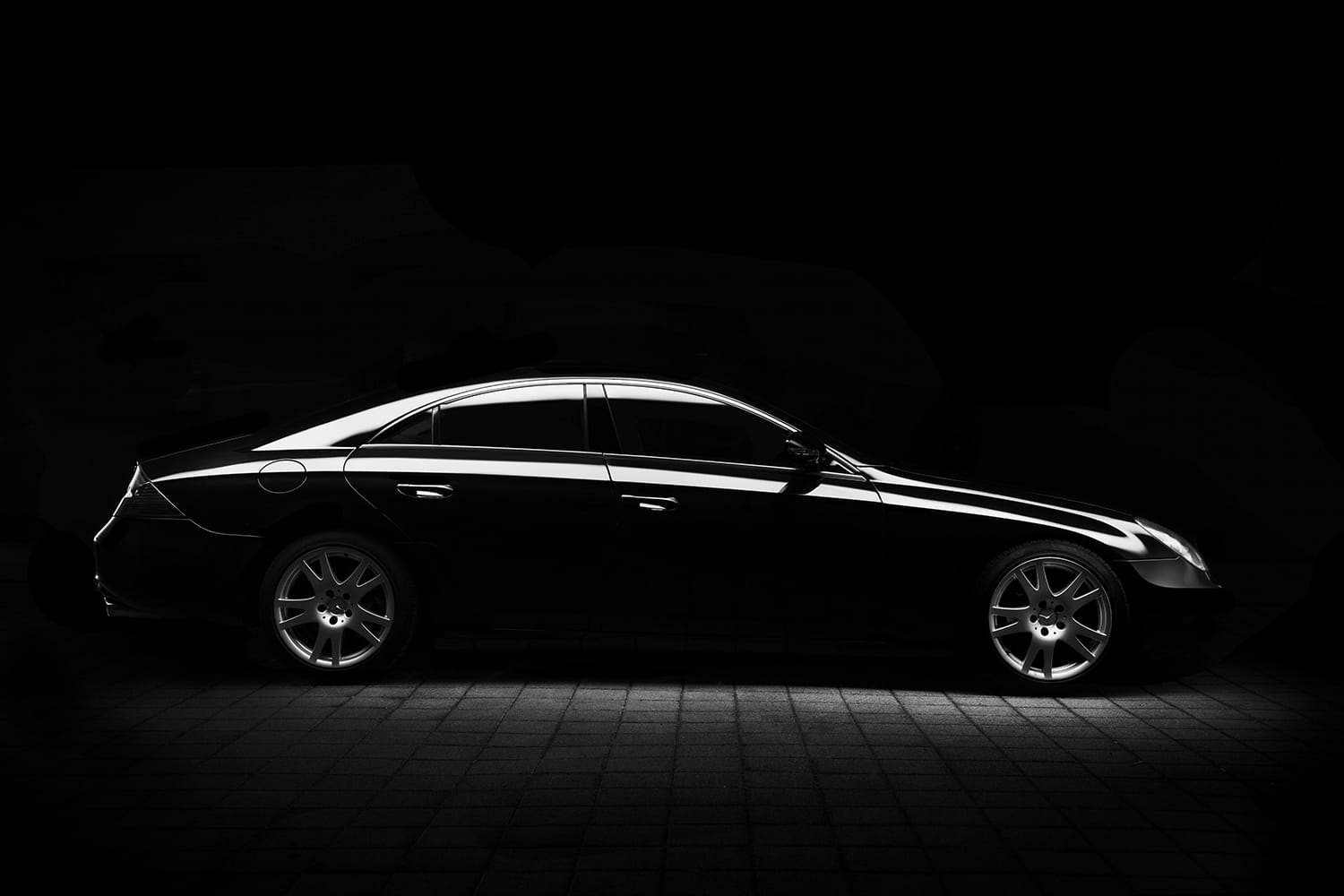
In addition to reflection and diffusion, light can also be completely absorbed, which is also a useful trait.
Dark colors absorb light; that energy gets held in instead of reflected out, which is why a dark car gets hotter than a light car when left out in the sun. Photographers can use this to lower light levels and create negative space to highlight the bright spots more.
Time
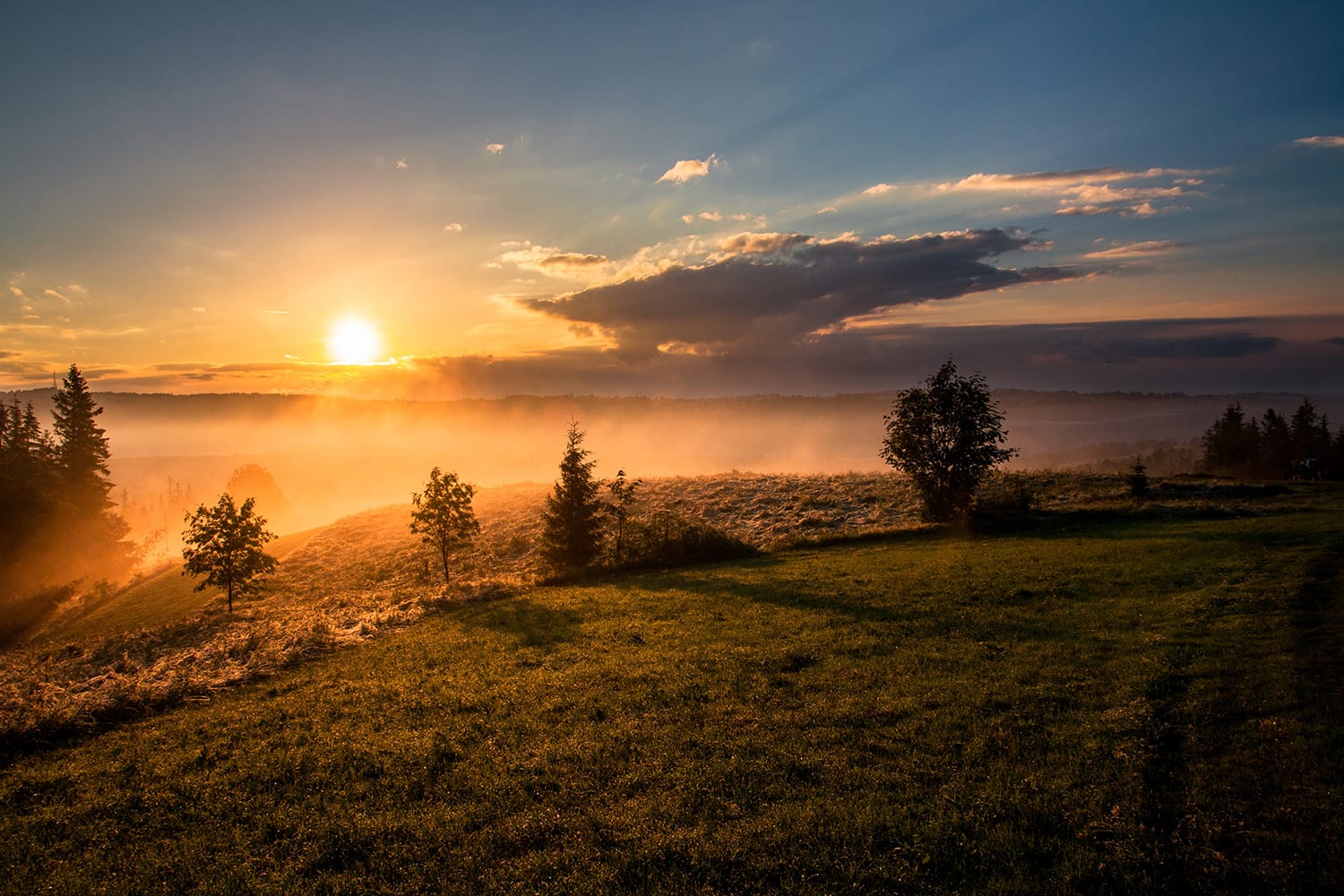
When you are using natural light, time becomes a vitally important factor—light changes over time.
The picture you take of a landscape at eight in the morning will be nothing like the picture you take of the same landscape at eight in the evening. Even the golden hour doesn’t happen at the same time every day, and it never happens the same way twice.
Photography is all about light. Where does it come from? What color is it? How is it being reflected, diffused, and absorbed by the subject, and how does it change over time?
As a photographer, you become a hunter of light. You must learn its habits, its strengths, and its weaknesses. The camera is just the tool you use to capture and record the light.
